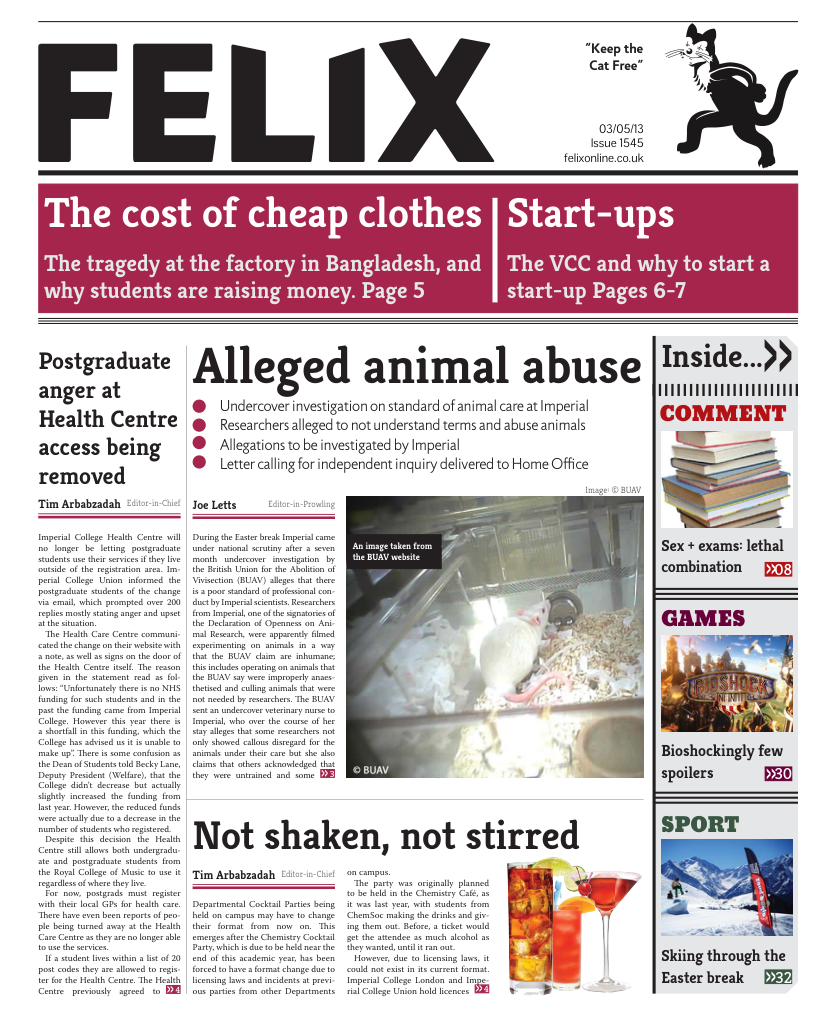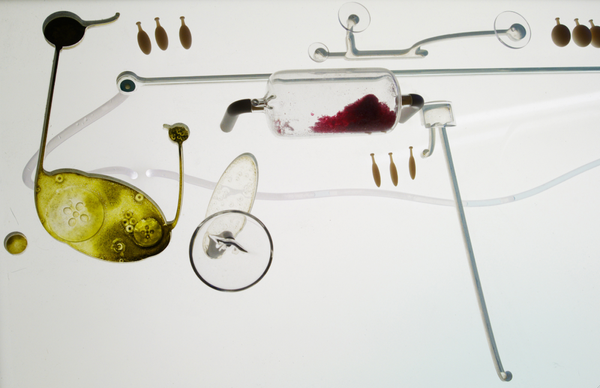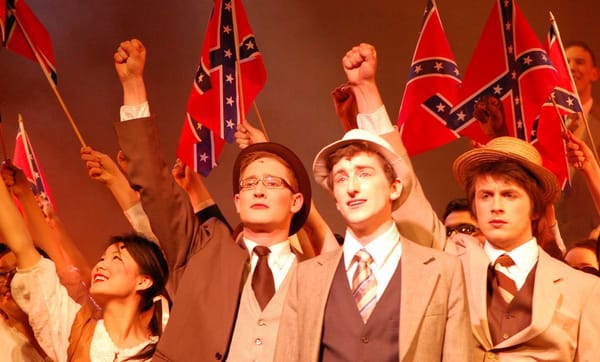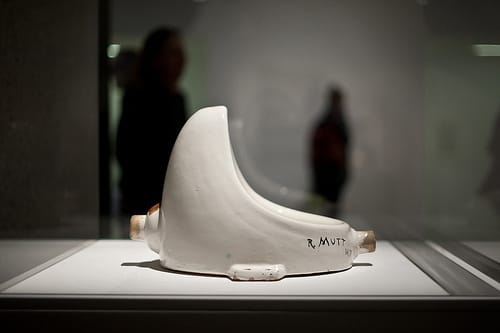Time to tie up Bowie
Jemma Pilcher visits the shrine of a pop deity
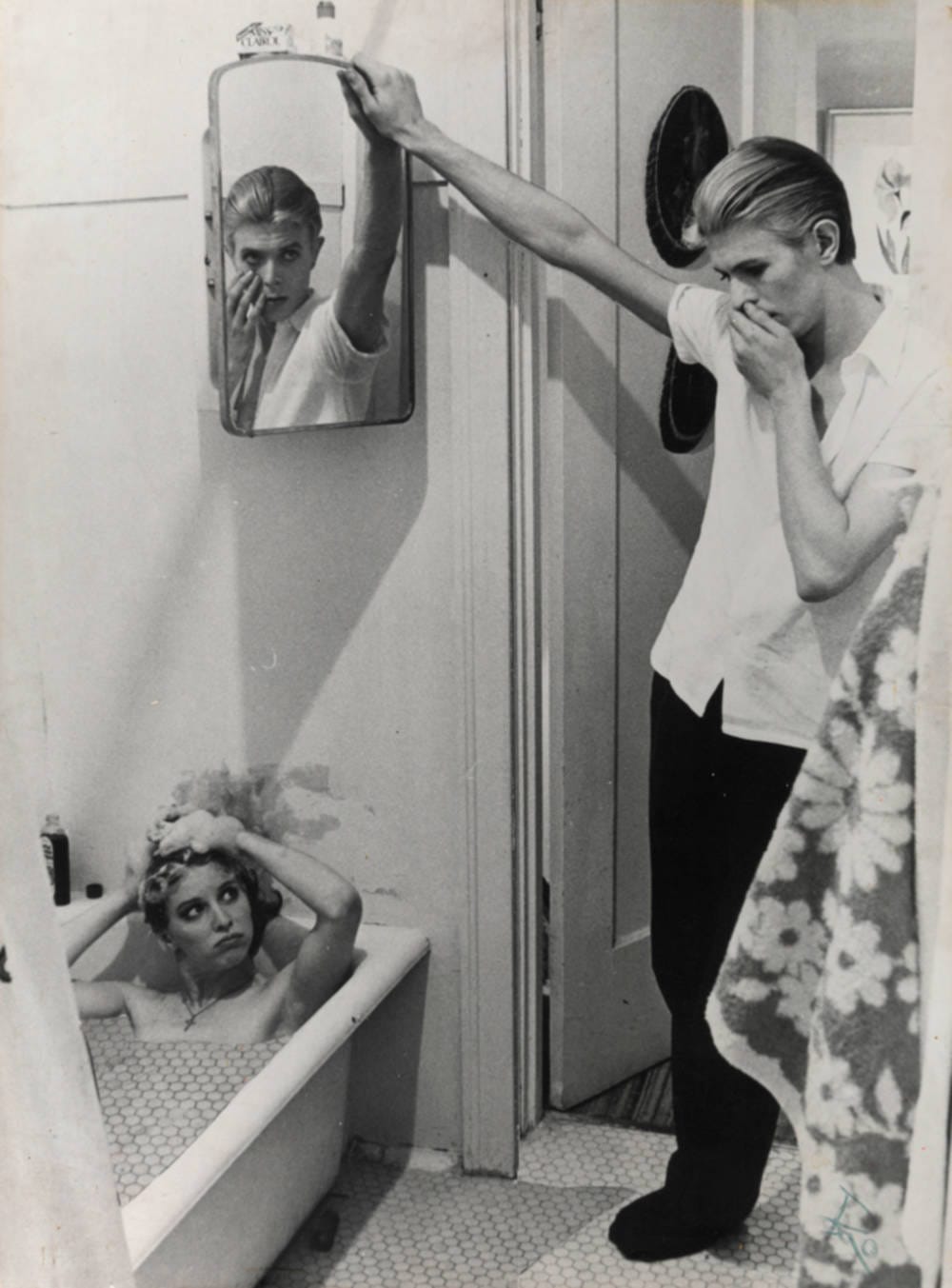
David Bowie is more than just pop star. He is a multi-instrumentalist, artist, mime artist, actor, lyricist, poet and record producer. Drawing on all sectors of the art world and modern life for inspiration, his intellectual songs and flamboyant image combine the familiar and the alien and have become stitched into the fabric of contemporary culture. He is not just one man, but at least five; from Major Tom to the Thin White Duke, Bowie has continuously reinvented himself with glorious eccentricity. His sensational career is currently being celebrated at the V&A by exhibiting the first David Bowie retrospective.
The exhibition has the appearance of a labyrinth, with walls adorned with sketches, hand-written lyrics, photographs and other artefacts from Bowie’s career. As a Brixton art student, David Robert Jones aspired to be a pop star, yet felt restricted by the lack of ambition from the members of his various jazz bands. He toiled with the idea that it would be easier to pretend to be someone else, and influenced by the mine artist Lindsay Kemp, one of the most theatrical pop stars the world has ever seen came into existence. His first hit Space Oddity is a fine example of Bowie’s ability to tap into a cultural fascination, intuitively releasing this single in 1969, before the moon-landing.
Back in the exhibition, around the corner, the stage is set for the illustrious glam rocker from Mars, Ziggy Stardust, Bowie’s most recognizable alter ego. A mannequin wearsone of his gorgeous quilted jumpsuits by Freddie Burretti. This suit is inspired by the ‘ready for action’ look of the droogs’ uniforms from Stanley Kubrick’s A Clockwork Orange. Yet, to distance this costume from ultraviolence of the gang members, it is made from colourful and heavily patterned, floral fabric. Wearing this bizarre suit, with his red hair, red boots and mismatched eyes, Bowie really did look like he was not from this planet. The backdrop shows footage of his first appearance on Top of the Pops, as Ziggy Stardust And The Spiders From Mars who debut with the eponymous Starman.
In addition to music and image, his over-confident persona was unprecedented. During the same performance he put his arm around his guitarist Mick Ronson. At a time, when homosexuality had only recently been legalized, this was a very daring move and abides with his ideology of ‘be whoever you want to be.’
The exhibit encompasses sixty of the most flamboyant costumes I have ever seen. Image and persona are of the upmost importance to Bowie, so he was heavily involved in the design of each outfit, aswell as album artwork and stage sets. The avant-garde and vibrant style of Japanese designer Kansai Yamamoto perfectly complemented Bowie’s theatrical persona. He created the lavish ensembles for the 1973 Aladdin Sane tour; a cape adorned with the kanji letters for “one who spits out words in a fiery manner”, a knitted asymmetric bodysuit, and the most eccentric ‘Rites of Spring’ costume of black and white striped vinyl, which opens the exhibition.
Other key costumes on display include the wonderful Union Jacket coat by Alexander McQueen, Thin White Duke ensembles by Ola Hudson and a number of skinny suits with boxy shoulders to accentuate his tiny figure.
Truth be told, Bowie is as wonderful at acting as he is at singing and song-writing. To commemorate some of the fascinating characters he has played, a miniature cinema is in place, projecting clips of him in action. The diversity of his roles is impressive; from the antagonistic Jareth the Goblin King in Labyrinth (1986), to the inventor Nikola Telsa in The Prestige (2006). In 1980-81, he also starred in the Broadway production of The Elephant Man, in which he used his ability to mimic voices to portray Joseph Merrick’s facial deformity simply through his manner of speech.
Within the depths of the V&A, the labyrinth opens up into a huge exhibition space, with projections of Bowie’s live shows against the walls. The most magical of these shows was the final song Rock ‘N’ Roll Suicide of the Aladdin Sane tour at the Hammersmith Apollo. When he announces that ‘this is final show we’ll ever do’, before killing off Ziggy Stardust. Bowie seems more like an omniscient deity, than a man, calling down: “Gimme your hand cause you’re wonderful.”
Evidence of Bowie’s immense influence can be seen everywhere in the music, fashion, theatre and art world. His love of the bizarre and encouragement to express yourself freely is so universaly appealing. It is not difficult to comprehend how he has risen to a god-like status within our contemporary culture.
David Bowie is run at the V&A until August 2013. Tickets: £14 (concessions available)

